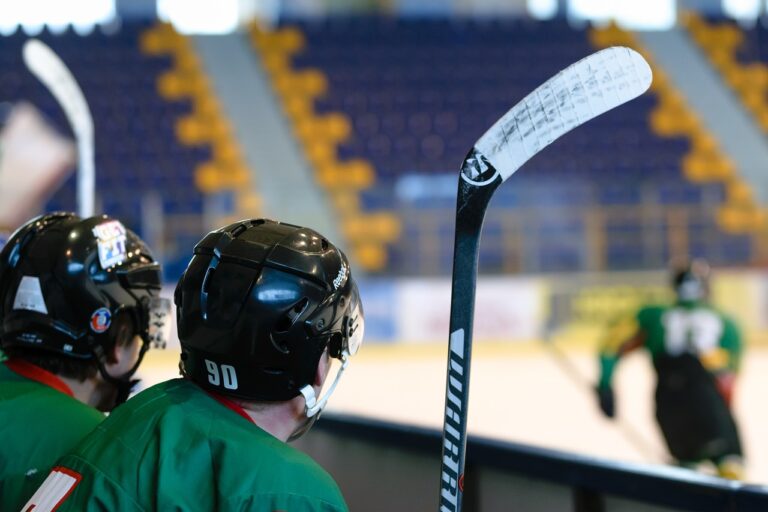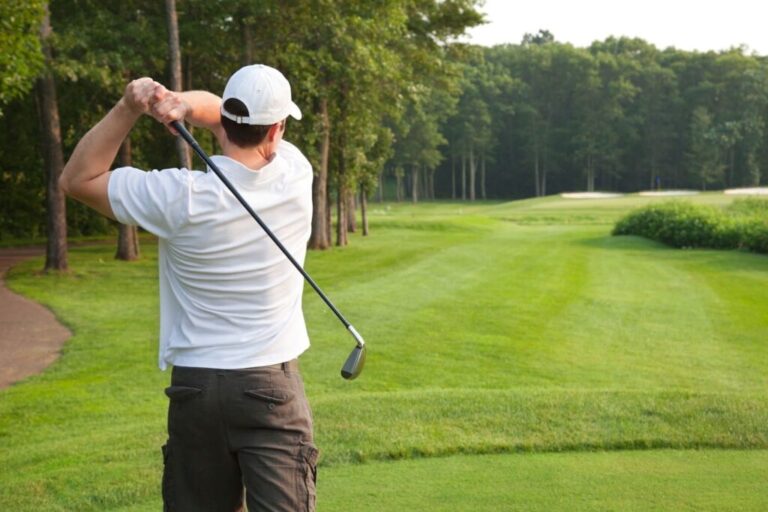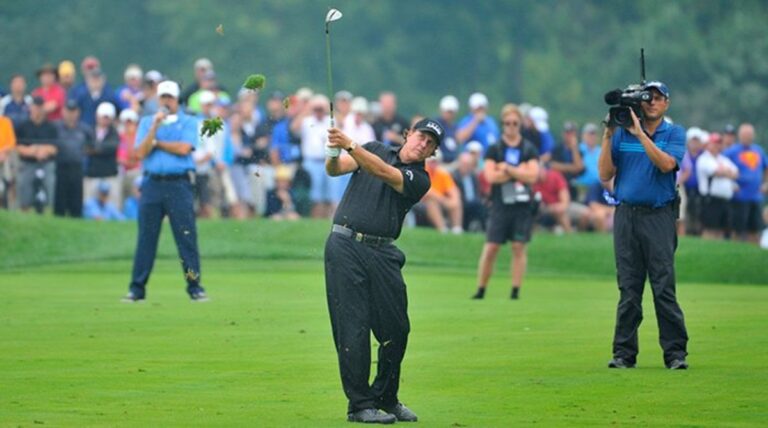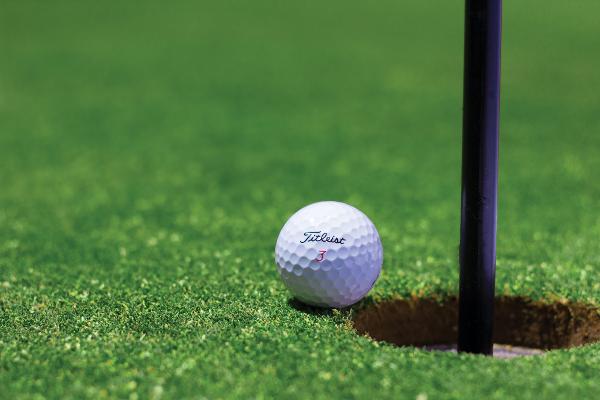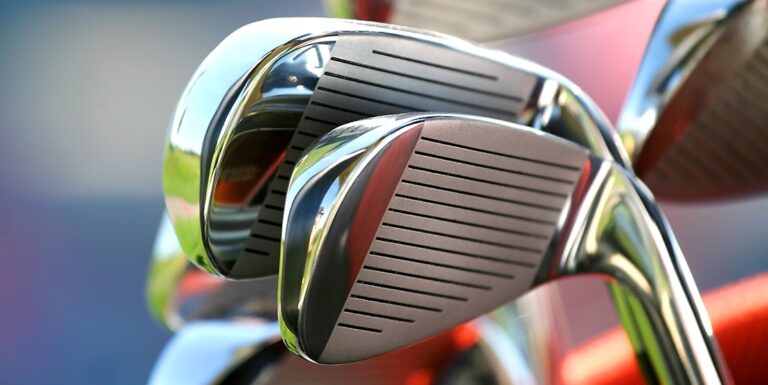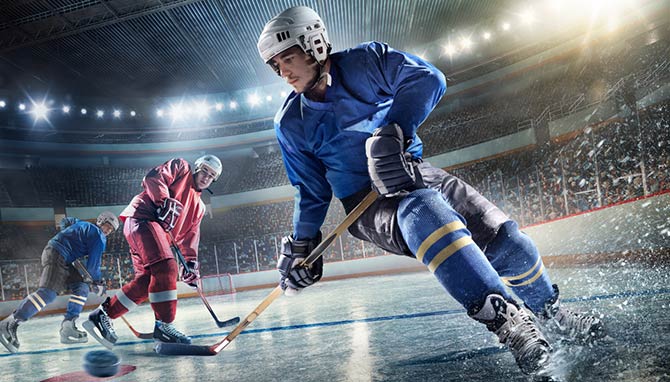
Whether you’re watching a fast-paced ice hockey match or an intense field hockey game, understanding the roles of each player is key to appreciating the strategy and skill involved. Each position on the team plays a unique role in both defense and attack, and together, they form a cohesive unit.
Let’s break down the major hockey positions—on both ice and field—and what each player contributes to the game.
Ice Hockey Positions Explained
Ice hockey is typically played with six players on each team: three forwards, two defensemen, and one goaltender. Here’s how each position functions:
Forwards
Forwards are the primary attackers and are responsible for scoring goals and maintaining offensive pressure.
Center (C)
- Often the most versatile player on the ice.
- Takes face-offs, distributes the puck, and supports both offense and defense.
- Must have excellent skating, passing, and vision.
Left Wing (LW) and Right Wing (RW)
- Positioned on either side of the center.
- Focus on creating scoring opportunities and applying pressure on the opposition.
- Responsible for covering opposing defensemen and supporting the breakout.
Defensemen
Defensemen are critical in protecting the goal and initiating attacks from the back.
Left Defense (LD) and Right Defense (RD)
- Positioned in the defensive zone to block shots and cover attackers.
- Also contribute to offense by taking shots from the point and facilitating puck movement out of the zone.
- Need strong positioning, physicality, and passing accuracy.
Goaltender (G)
- The last line of defense.
- Stops shots using pads, gloves, and positioning.
- Requires agility, reflexes, and mental toughness.
Common Ice Hockey Formations
- 5-on-5 Standard Play: Three forwards, two defensemen, one goalie.
- Power Play: Typically four or five skaters against a penalized team’s three or four.
- Penalty Kill: Fewer skaters (3 or 4) focus on defense and counterattacks.
Field Hockey Positions Explained
In field hockey, 11 players are on the field per team, including 10 field players and one goalkeeper. Positions include attackers, midfielders, defenders, and the goalie.
Forwards
- Primarily responsible for scoring.
- Usually fast and skilled in dribbling, shooting, and positioning.
- Often include left and right wings and a center forward.
Midfielders
- The engine of the team, bridging attack and defense.
- Control the pace, distribute passes, and support both ends.
- Require excellent stamina, vision, and ball control.
Defenders
- Protect the goal area and disrupt opposing attacks.
- Usually include full-backs and sweepers.
- Must excel in tackling, blocking, and positional play.
Goalkeeper
- Uses pads, gloves, and helmet to block shots.
- Plays a crucial role in organizing the defense and reacting quickly to threats.
Common Field Hockey Formations
- 4-3-3: Four defenders, three midfielders, three forwards—balanced play.
- 3-4-3: Greater attacking intent, relies on strong midfield coverage.
- 5-3-2: Defensive-heavy, useful when protecting a lead.
Conclusion
Whether on ice or field, each hockey position is designed with specific duties that contribute to a team’s overall success. Understanding these roles not only enhances your appreciation of the game but also helps new players find their strengths and place on the team.
From the quick-thinking center to the impenetrable goalkeeper, every player has a role that’s vital to the flow, tactics, and excitement of hockey.
